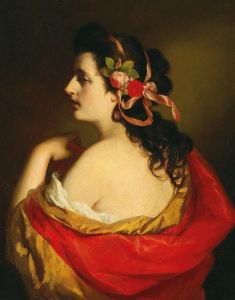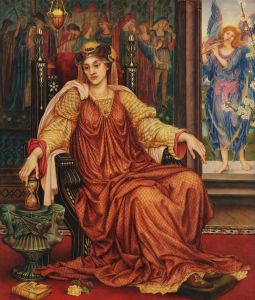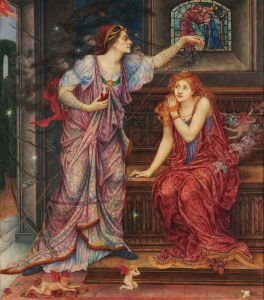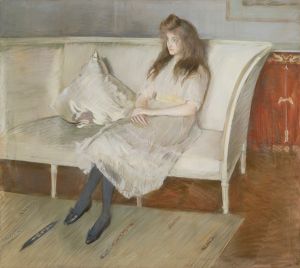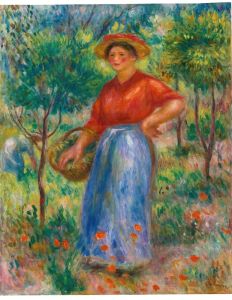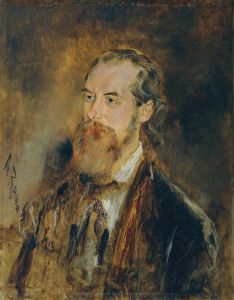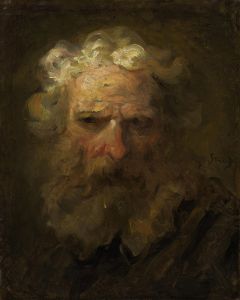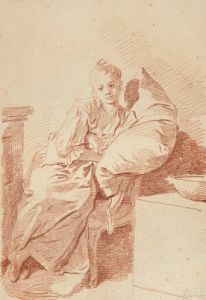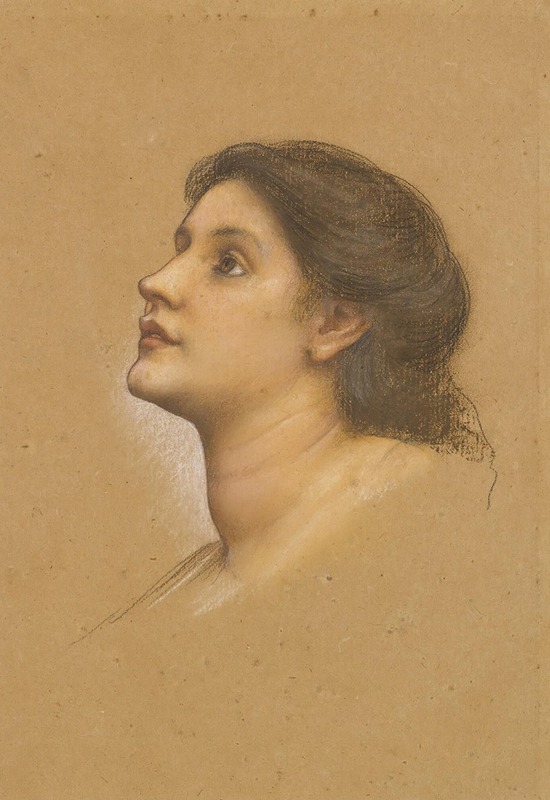
Head Of A Young Girl
A hand-painted replica of Evelyn De Morgan’s masterpiece Head Of A Young Girl, meticulously crafted by professional artists to capture the true essence of the original. Each piece is created with museum-quality canvas and rare mineral pigments, carefully painted by experienced artists with delicate brushstrokes and rich, layered colors to perfectly recreate the texture of the original artwork. Unlike machine-printed reproductions, this hand-painted version brings the painting to life, infused with the artist’s emotions and skill in every stroke. Whether for personal collection or home decoration, it instantly elevates the artistic atmosphere of any space.
Evelyn De Morgan was a notable English painter associated with the Pre-Raphaelite movement, known for her allegorical works and vivid use of color. One of her lesser-known works is "Head of a Young Girl." While there is limited information specifically about this painting, we can provide context based on De Morgan's broader body of work and her artistic style.
Evelyn De Morgan, born in 1855, was heavily influenced by the Pre-Raphaelite Brotherhood, a group of English painters, poets, and critics founded in 1848. The Pre-Raphaelites sought to return to the detail, intense colors, and complex compositions of Quattrocento Italian art. De Morgan's work often reflects these influences, characterized by meticulous attention to detail and a vibrant color palette.
"Head of a Young Girl" likely exemplifies De Morgan's skill in portraiture and her ability to capture the delicate features and expressions of her subjects. Although specific details about this painting are scarce, it can be inferred that the work showcases her typical approach to depicting the human form with sensitivity and grace. De Morgan often infused her portraits with a sense of serenity and introspection, qualities that may be present in this piece.
Throughout her career, De Morgan frequently depicted women, often imbuing them with a sense of strength and spirituality. Her works often carried symbolic meanings, reflecting her interest in themes such as spirituality, mythology, and social issues. While "Head of a Young Girl" may not explicitly convey these themes, it is possible that the painting reflects her broader interest in the inner life and emotional depth of her subjects.
De Morgan's artistic journey was also influenced by her personal life and beliefs. She was married to William De Morgan, a renowned ceramicist and fellow artist. The couple shared a deep interest in spiritualism and theosophy, which often informed their artistic endeavors. Evelyn De Morgan's work is noted for its exploration of the metaphysical and the transcendental, although it is unclear if "Head of a Young Girl" directly engages with these themes.
Evelyn De Morgan's contributions to art were significant, yet she did not receive the same level of recognition as some of her male contemporaries during her lifetime. However, her work has gained appreciation in recent years, with exhibitions and scholarly studies highlighting her role in the Pre-Raphaelite movement and her unique artistic vision.
In summary, while specific information about "Head of a Young Girl" by Evelyn De Morgan is limited, the painting can be appreciated within the context of her broader oeuvre. It likely reflects her skill in portraiture and her ability to convey the emotional depth of her subjects. De Morgan's work continues to be celebrated for its beauty, technical skill, and the rich symbolism that characterizes much of her art.





